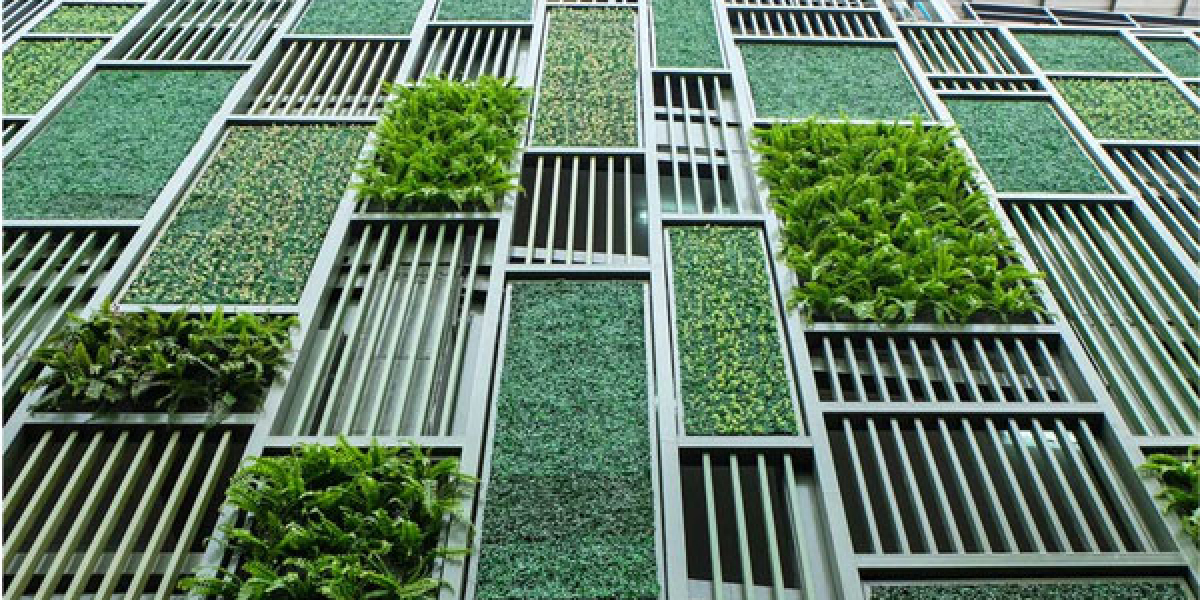Recycled conduit refers to electrical conduits made from materials that have been reclaimed or repurposed from previously used products. Instead of relying on virgin raw materials, recycled conduit is crafted using post-consumer or post-industrial plastics, metals, or other materials that are processed and reused to create durable, high-performance conduit systems. This approach helps reduce the consumption of natural resources and minimizes waste in landfills, contributing to a more sustainable approach to electrical installations.
Why Choose Recycled Conduit?
The shift towards recycled conduit aligns with broader sustainability goals in the construction and electrical industries. Using recycled materials reduces the environmental impact of electrical infrastructure by lowering the demand for new raw materials, conserving energy, and reducing carbon emissions. Additionally, it helps address global waste challenges by repurposing existing materials rather than contributing to further landfill buildup.
Benefits of Recycled Conduit
Environmental Impact Reduction: By using recycled materials, recycled conduit helps to conserve resources and reduce environmental pollution. Manufacturing products from recycled content requires less energy compared to using new raw materials, lowering the carbon footprint of construction projects.
Cost-Effective: Recycled conduit often comes at a lower cost compared to its virgin material counterparts. The lower manufacturing costs, stemming from reduced material extraction and processing, translate to savings for builders and developers. These cost savings make recycled conduit an attractive option for cost-conscious projects without compromising quality or performance.
Durability and Performance: Contrary to misconceptions, recycled conduit is designed to meet or exceed the performance of standard conduits. It provides the same protection against physical damage, moisture, and corrosion, ensuring the safety and reliability of electrical wiring systems. Many recycled conduits are reinforced to maintain high levels of strength and flexibility.
Support for Green Building Standards: Using recycled conduit helps builders achieve certifications for sustainable construction, such as LEED (Leadership in Energy and Environmental Design). These certifications recognize efforts to minimize environmental impacts, and using recycled materials is one of the key strategies in achieving them.
Applications of Recycled Conduit
Recycled conduit is used in a variety of applications, ranging from residential homes and commercial buildings to industrial installations. It is suitable for both indoor and outdoor electrical wiring, offering robust protection in all types of environments. Its use is particularly common in green building projects, renewable energy installations, and retrofitting existing buildings where sustainability is a priority.
Conclusion: A Step Toward a Sustainable Future
In conclusion, Recycled Conduit offers an eco-friendly, cost-effective, and high-performance alternative to traditional conduit materials. By choosing recycled conduit, builders and electricians contribute to reducing waste, conserving resources, and supporting green building practices. As the demand for sustainable construction grows, the role of recycled conduit will continue to play a pivotal part in creating environmentally responsible and long-lasting electrical installations.









